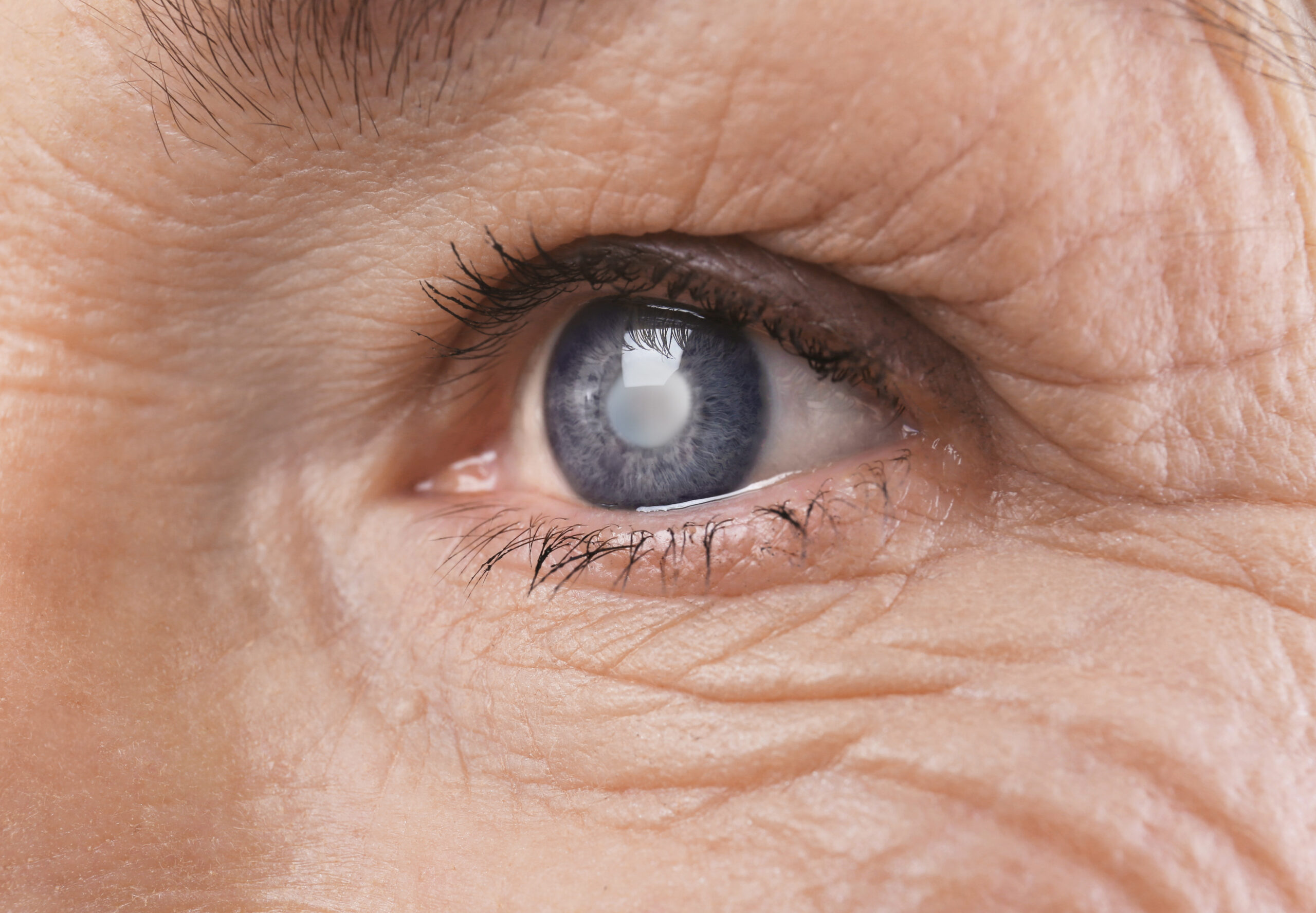Employee, Eye Health
All You Need to Know About Cataracts
What Are Cataracts?
Simply put, a cataract is a cloudy area in the lens of your eye.
When a cataract is developing, a person’s vision becomes more blurry and foggy, but it is very common as you age. According to the National Eye Institute, “more than half of all Americans age 80 or older either have cataracts or have had surgery to get rid of cataracts.” Over time this can prevent a person from driving or reading and, in severe cases, cause a person to go blind.
Some of the most common symptoms of cataracts include:
- – Cloudy vision
- – Blurry vision
- – Repeated change of prescription
- – Double vision
- – Sensitivity to light
How Are Cataracts Caused?
Most of the time, cataracts are caused by changes in our eyes as we age. Usually, the lenses in our eyes focus light on our retinas. These lenses are made of proteins and water, and over time, the protein will cluster and begin to obstruct the light that normally passes through the lens. The blockage causes obscured vision.
One of the leading causes of cataracts is long-term exposure to UV light. The most common sources of UV come from the sun and are known as UV-A and UV-B light. You can also get exposure from unnatural sources such as welding. Over time, the gradual exposure can cause the proteins in our lenses to group together.
Treatment & Prevention
Although modern science has made strides in the treatment of cataracts, taking preventative measures before it becomes an issue is your best bet. But, if you are to need surgery, there is a procedure available that replaces the clouded lenses in your eyes with an artificial plastic lens that helps restore your vision. With a 90% success rate, only a few don’t fully regain their unclouded sight. It is a greater risk, but that’s why it’s always important to protect your eyes!
Prevention
One of the easiest ways to protect your vision and lower the chance of developing cataracts is by wearing protective eyewear to shield your eyes from UV light. Protective eyewear doesn’t mean any pair of sunglasses will do. Only certain eyewear will protect you from UV rays, and eye care professionals recommend that you wear prescription outdoor eyewear. These can eliminate the struggle of wearing two pairs of eyewear and keep your eyes safe. Check out the selection at SafeVision.com.

